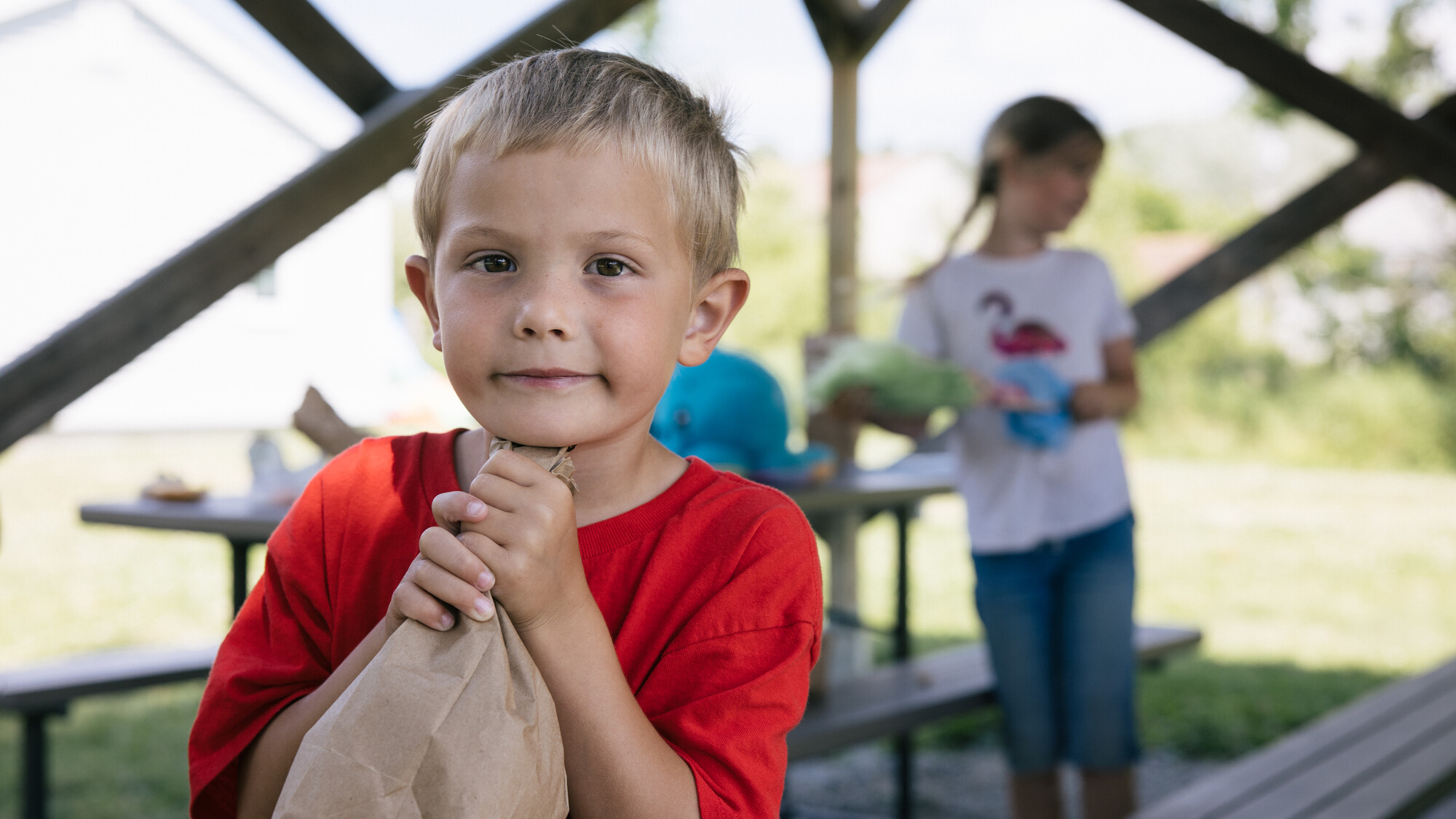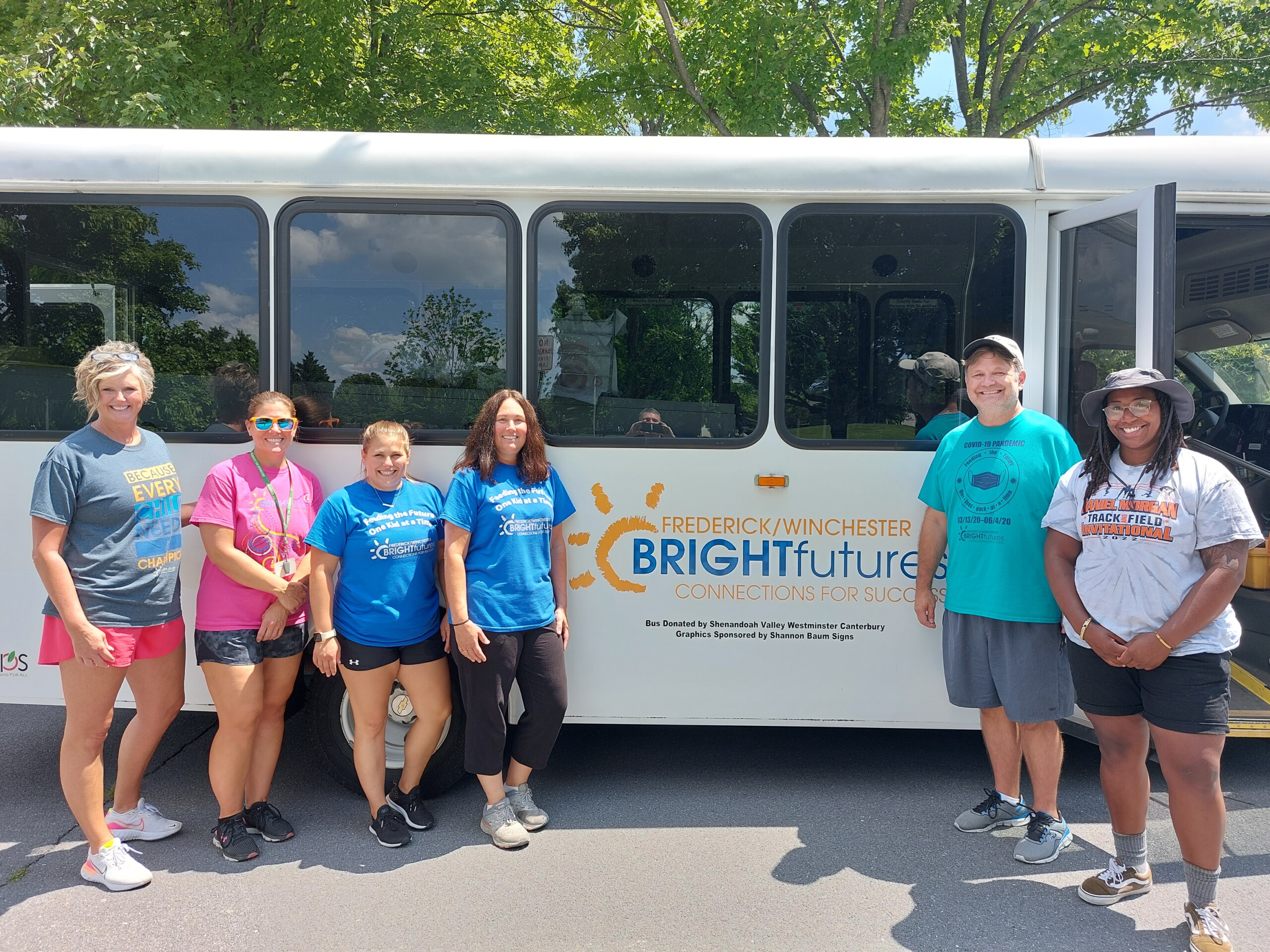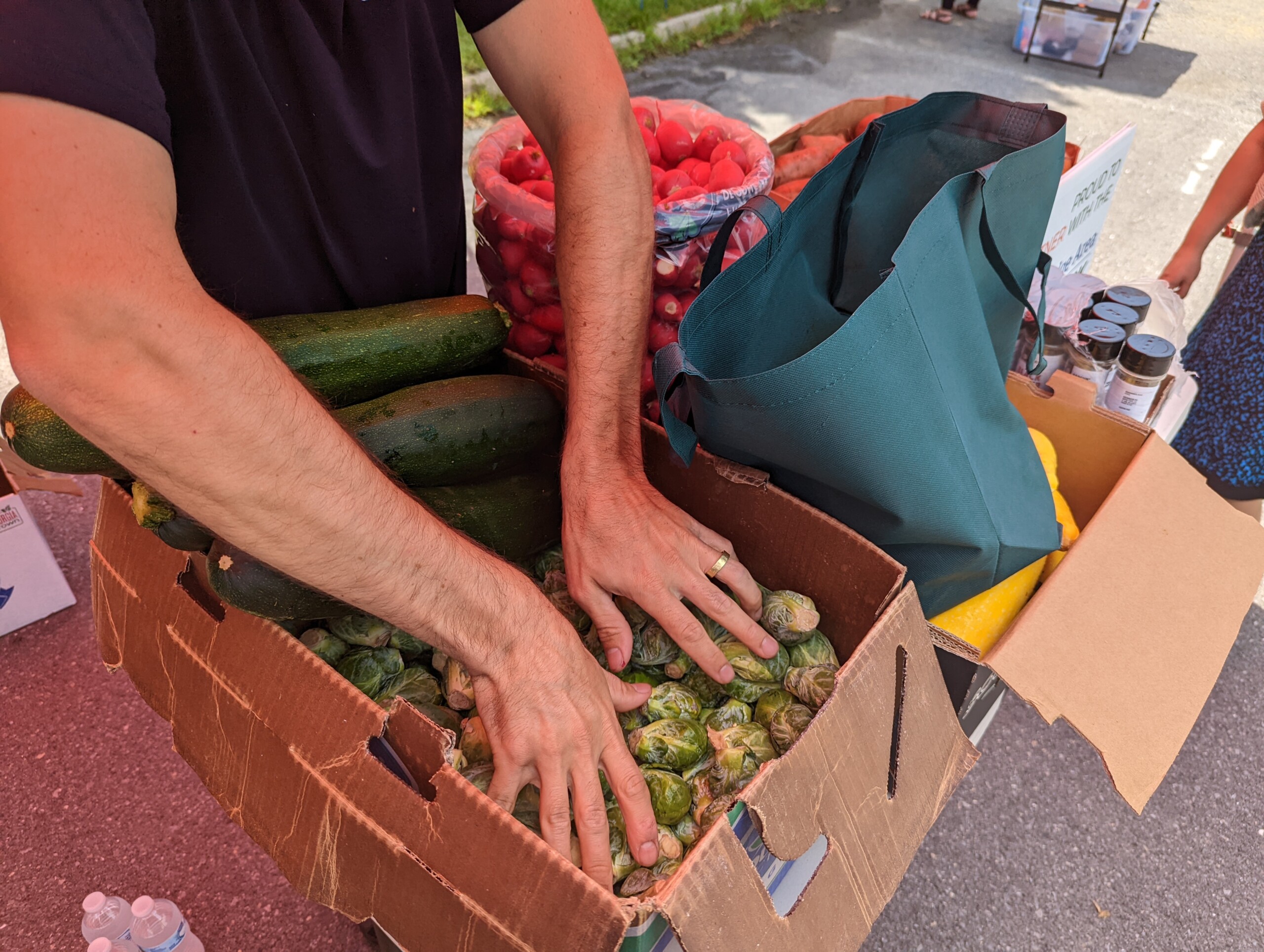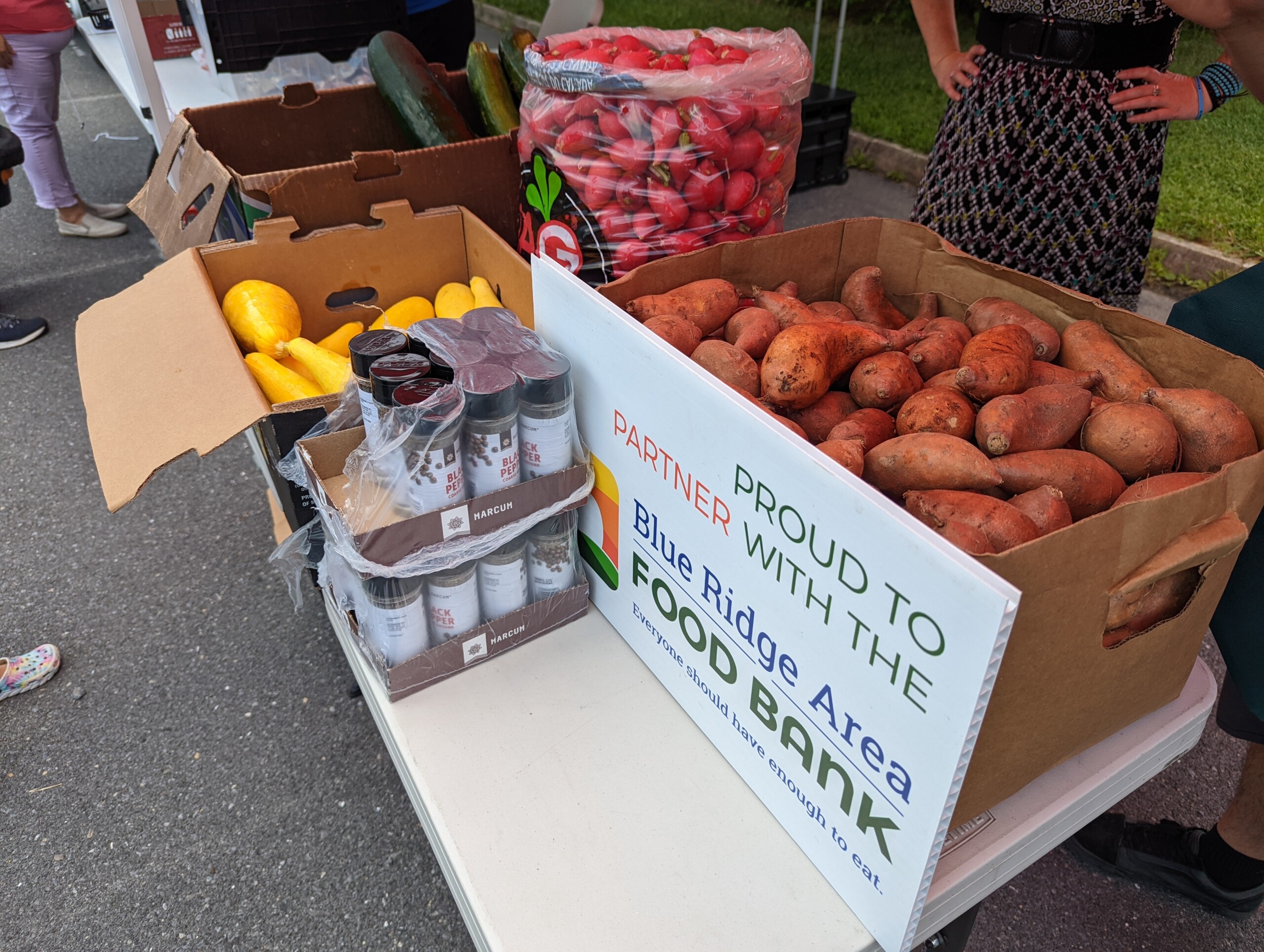Summer is a carefree time for many kids, but not all. In the Blue Ridge region, 1 in every 12 children is experiencing food insecurity. When that last bell rings, these students lose access to school breakfast and lunch for two whole months—food that many depend on to stay active and healthy throughout the school year. We talked to Zach Nissen, our director of programs, to learn what the Food Bank is doing to help keep kids fed and on track for healthy development during the summer.
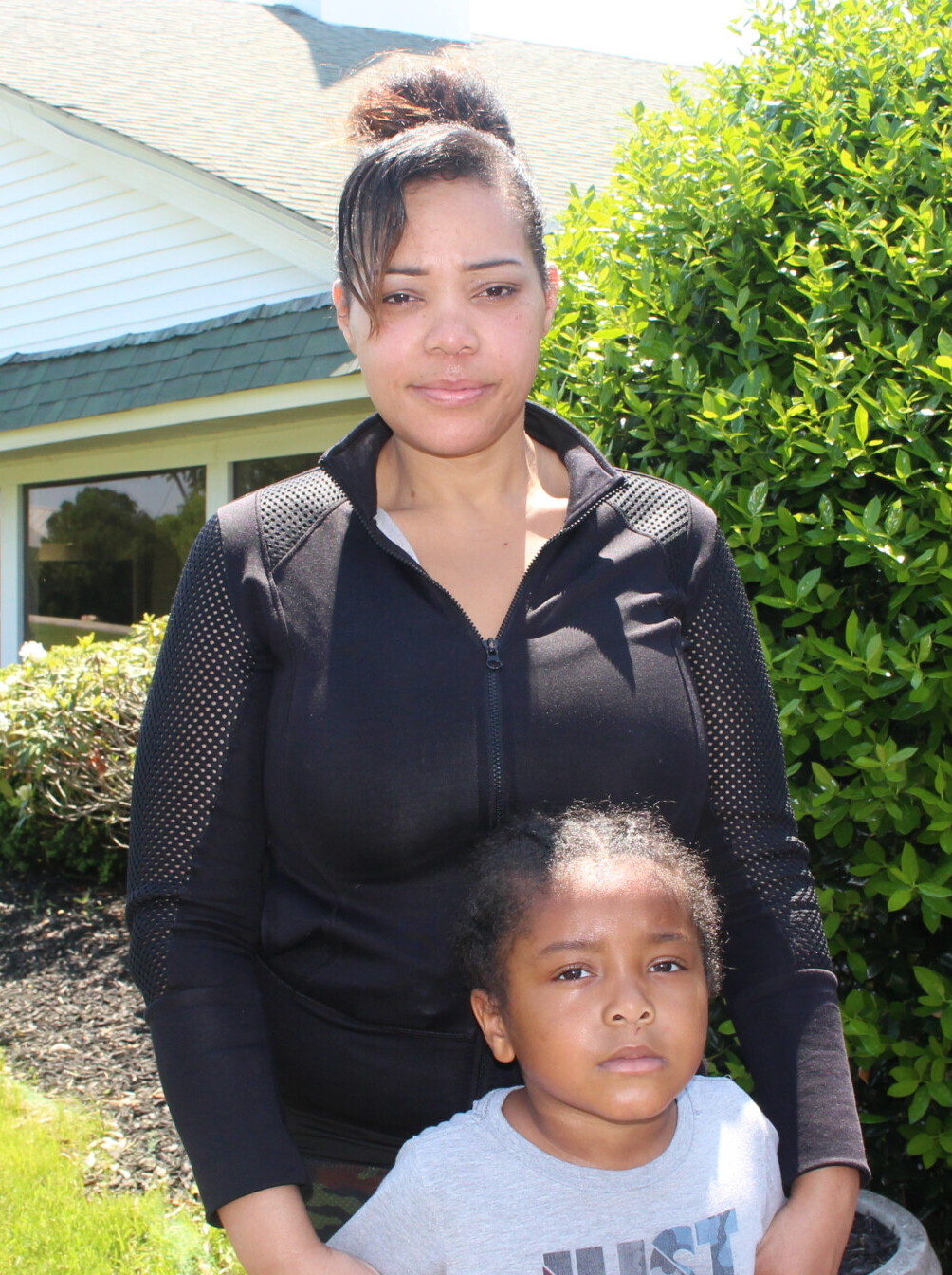
With four kids to take care of, summers are tough for Lynchburg area guest Nateil Lee. “We have to stretch,” she said. “It’s harder to provide.”
Why does summer tend to be a challenging time for children facing food insecurity?
When schools are open, students whose households meet the income qualifications can get a free breakfast and lunch, five days a week. When that opportunity disappears during summer break, it likely means missed meals and extra strain on the household budget. It also can have an impact on children’s health when those nutritious school meals are not available. So, the Food Bank’s role is to try to fill those gaps, however we can, where we can, for as long as possible.
What programs does the Food Bank offer to help keep kids fed and happy throughout the summer months?
The Food Bank participates in the USDA’s Summer Food Service Program, sponsoring nine locations from May through August. The Summer Food Service Program is designed to reach children who may not get nutritious meals at home over the school’s summer break.
Aside from the Summer Food Service Program, we distribute Summer Kid Packs, which are designed to complement the Family Backpack Program. This program helps ensure that children and their families have enough food to eat over the weekends and holiday breaks during the school year. With help from our school and community partners, this program provides extra food for children and their families to eat throughout the whole month.
New this year, some of our Good Food School Market partners are piloting summer distributions. We’re excited to see how they come together!
Tell me more about what families and children are receiving through these programs?
The Summer Kid Packs include mostly shelf-stable items. They’re easy to store and transport, with boxes weighing around 15 pounds. They contain items such as oatmeal, peanut butter, mac n’ cheese, pasta and sauce, beans, rice, and canned meat. We prioritize adding foods that kids and older siblings can make at home on their own with little to no adult supervision.
Operated at middle and high schools, the Good Food School Market program offers a lot of fresh items like fruits and vegetables. A typical haul for a teen’s family includes about 25-30 pounds of food. The produce selection depends on the season and what’s available for purchase, so the menu varies. The items at these distributions also can require more cooking than Summer Kid Packs.
What happens when a child faces hunger? What is the impact on their emotional, physical, and mental well-being?
We know that kids who show up to school hungry have a tough time in class. They’re focused more on the sensation of hunger than on learning the curriculum. They might be disruptive or act out in class, impacting their grades and performance in school. This can have an effect on their relationships with parents and peers and influence how kids feel about themselves.
Children who experience food insecurity are also more likely to be at risk of chronic diseases, developmental delays, and mental health issues like anxiety and depression. Any gaps experienced during the school year may increase during the summer when healthy food might be even further out of reach.
Bright Futures of Frederick County/Winchester is one of our partners that distributes Summer Kids Packs in their local community. Last summer, they served over 1,200 students.
Bright Futures distributes the food at 18 different locations across Winchester, including schools, fire departments, churches, and apartment complexes. Other organizations that address the symptoms of poverty are often present as well, providing useful resources for parents and guardians. Bright Futures also supplies other items like books, educational toys, and hygiene products.

How are the summer meal programs funded?
The federal Summer Food Service Program is funded through a USDA reimbursement program. Our other programs are funded through grants and generous donations made by local businesses and individuals throughout the region. They’re helping us ensure that we can reach as many children as possible—and we’re so grateful for their support!
If I need help feeding my kids this summer, where would I go to learn about my options?
- Check out the 2023 Summer Food Service Program locations listed on our website. You can also call the USDA Hotline at 866-348-6479. The USDA offers a free, confidential hotline to help find summer meals for kids.
- Use our Food Finder tool to find food pantries and food assistance programs near you.
- Text ‘FOOD’ to 304-304. Thanks to our friends at No Kid Hungry, you can find summer meal sites near you by simply texting and providing your address. The service will text back a list of nearby summer meal sites, including their address and contact information.

